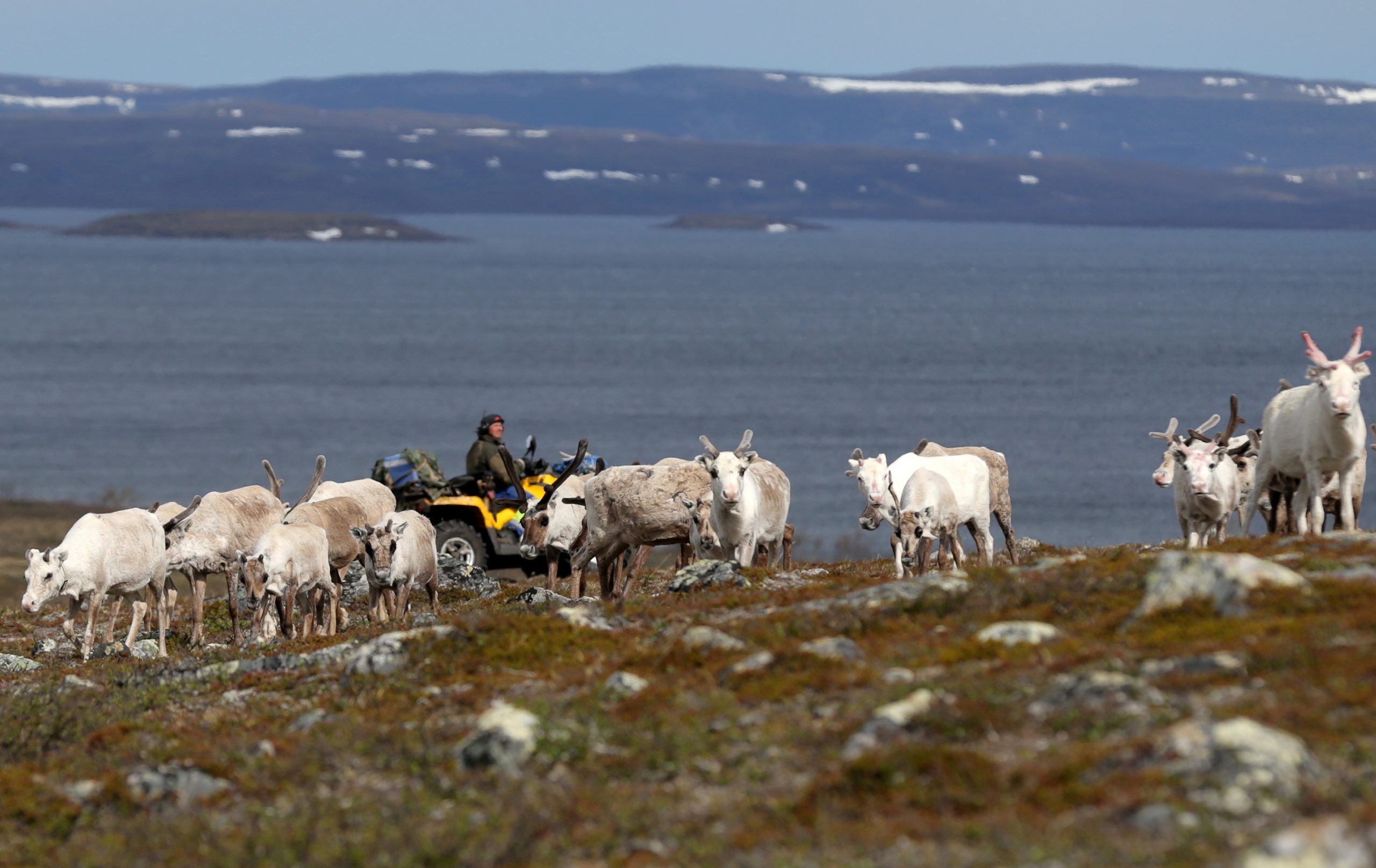The world of 2019 feels almost unrecognizable today. Many of the predictions made then have failed to materialise, while unforeseen challenges have reshaped the global landscape. Climate abandonment looms large, alongside the rise of autocracy and the erosion of democratic principles. Geopolitical tensions, once predictable constants, have escalated, fueled by rivalries inherent in disrupting the international balance. The notion that great power competition and its accompanying crises were relics of history proved naïve. Economic interdependence was once seen as a modern deterrent. It was compared to a re-engineered form of Mutual Assured Destruction. However, it offered no safeguard.
One region on Earth stands as a nexus for these converging threats more than any other. Though it may not yet be the primary focus of global powers, it is poised to become so. Climate change, the clash between democracy and autocracy, systemic rivalries, and the resurgence of great power competition all collide here, transforming it into a crucible of existential challenges.
The Arctic, heavily impacted by climate change, sees its sea ice and Greenlandic ice sheet rapidly melting. It holds rich fish stocks, vast oil and gas reserves, and rare minerals. Melting ice opens shorter maritime routes between Europe and Asia, making the region a pivotal point for resources, trade, and geopolitics.
In 2019, U.S. Secretary of State Mike Pompeo, speaking in Rovaniemi, Finland, rejected the Arctic as a “zone of peace,” citing rising geopolitical tensions. His stance contrasted with Gorbachev’s 1987 Murmansk Initiative, which envisioned Arctic cooperation. Florence Parly even compared the Arctic to the Middle East. While the world has shifted dramatically since 2019, the Arctic’s trajectory as a crucible of strategic rivalry remains steadfast. Even then, its shift in tone aligned with a broader strategic reality.
For years, Washington has commanded the world’s oceans, relying on control over vital sea lanes, communication networks, and cyberspace to sustain the global economy. This dominance hinges on unhindered access to critical transit zones—regions like the Arctic, the Strait of Malacca, and the East and South China Seas—that often lie at the fringes of national jurisdiction.
Jurisdiction is an iterating word. It embodies authority and power, but its nuances—however slight—carry immense weight. Ambiguity has no place in such matters, yet it is precisely by exploiting vagueness that actors undermine the rules-based international order. This order, once a safeguard against destabilisation, is now revealed to be a fluke by those deftly navigating its procedural gaps.
Across regions and conflicts, this contest over jurisdiction is waged not just on battlefields but in courts, diplomacy, and media. It constitutes a contest of semantics and legal maneuvering so that armed conflict may never arise. While disputes all over endure, another, quieter struggle unfolds in the Arctic—a region whose strategic significance far outweighs its current place among global priorities.
Nestled high above the Arctic Circle, under Norwegian jurisdiction, one finds Svalbard. It is a remote archipelago, rugged in view, with vast glaciers and striking fjords. This cluster of islands occupies a distinct position in international law. The Svalbard Treaty, signed in 1920, attributes full sovereignty to Norway. However, it also enshrined a rare provision: nations that were signatories to the treaty, including the former Soviet Union, were granted the right to exploit natural resources and carry out scientific research across the islands. This unique arrangement has shaped Svalbard’s geopolitical landscape, making it an intriguing case of shared international interests within a framework of national sovereignty. This distinctive legal arrangement allows Moscow and Beijing to expand their presence in the Arctic. Especially now, as tensions with the West have escalated following the invasion of Ukraine. The Arctic amplifies the impact of geopolitical decisions made elsewhere.
Moscow’s interest in the Arctic is clear—Russia claims a third of the territory and covets the “Poseidon’s jewels” beneath its icy depths. But China? Despite its latitude being closer to Venice than the Arctic, Beijing has positioned itself strategically. Since gaining observer status on the Arctic Council in 2013, China has pursued influence, declaring itself a “Near-Arctic State” in its 2018 Arctic Policy White Paper—a bold assertion that underscores its global ambitions in this strategically vital region. Through the “Polar Silk Road,” it integrates the Arctic into its Belt and Road Initiative, pursuing resource extraction, trade routes, and infrastructure development.
Its efforts span scientific research, exemplified by the Yellow River Station in Svalbard, and strategic investments in Arctic nations through joint ventures and state-backed enterprises. China’s cooperation with Russia further consolidates its position, particularly in energy and shipping projects, while dual-use infrastructure, blending civilian and military applications, provokes unease among Arctic states.
Justifying its involvement by citing environmental impacts on its ecosystem, China positions itself as a responsible actor. Yet, its assertive strategy reflects a calculated bid for resources, strategic influence, and a foothold in Arctic affairs.
Following the invasion of Ukraine, Russia has intensified its military buildup in the Arctic, modernising installations and reinforcing its strategic focus. NATO’s expansion with the accession of Sweden and Finland has further reshaped the regional dynamic, bringing NATO infrastructure closer to Russian borders and increasing military exercises in the Nordic-Arctic region, escalating tensions.
It is amid this geopolitical upheaval that China has adeptly exploited the power vacuum. Strengthening its Arctic presence, Beijing has pursued resource acquisition, infrastructure investments, and expanded strategic influence, leveraging Russia’s burn of credit, economic resources and relevant instability to embed itself in Arctic governance debates and economic initiatives.
The Arctic, unfortunately, bears the scars of a world in flux. Amidst melting ice and deepening rivalries, it has become a proving ground for the resolve of nations.
Yet, perhaps all the foregoing simply underscores why the Arctic theatre holds such critical significance. It represents the first (contemporary) order arising outside the scope of Western supremacy.
Dimitris Kollias is a Junior Research Fellow – Programme Manager, ELIAMEP



